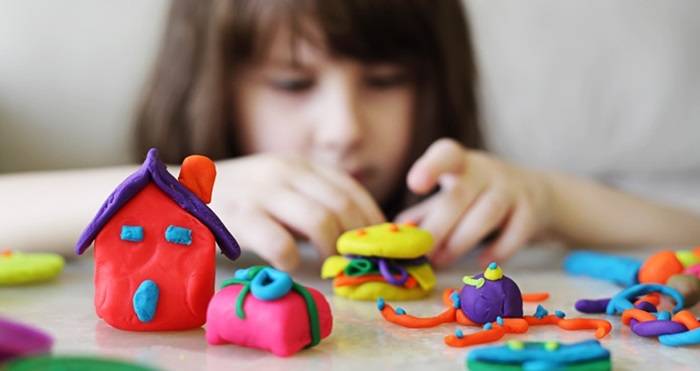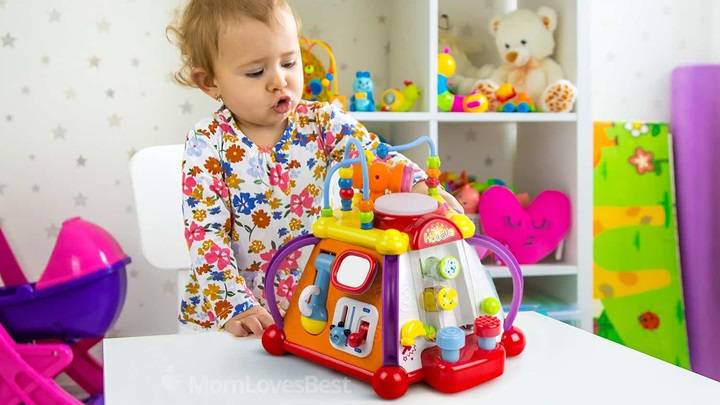In today’s fast-paced world, where technology often dominates children’s playtime, it’s crucial to recognize the importance of educational toys. Among these, musical toys stand out for their ability to engage, entertain, and educate children simultaneously. In this comprehensive guide, we’ll explore the fascinating world of educational musical toys, their benefits, types, and how they contribute to a child’s development.
Why Choose Educational Toys?

- Understanding the significance of play in learning
- Benefits of educational toys over traditional toys
- Importance of incorporating music into playtime for cognitive development
The Power of Music in Early Childhood Education:
- Impact of music on brain development in children
- Benefits of introducing music at a young age
- Role of musical toys in fostering creativity and imagination
Types of Educational Musical Toys:
- Instrumental Toys:
- Mini keyboards
- Electronic drums
- Toy guitars
- Interactive Musical Toys:
- Toy pianos with pre-recorded tunes
- Sing-along microphones
- Musical storybooks
- Educational Music Games:
- Memory matching games with musical themes
- Music-themed puzzles
- Interactive musical quizzes
Benefits of Educational Musical Toys:
- Enhancing cognitive skills such as memory, attention, and problem-solving
- Fostering fine and gross motor skills through physical interaction with instruments
- Encouraging social interaction and teamwork during group musical activities
Choosing the Right Educational Musical Toy:
- Considering the child’s age, interests, and developmental stage
- Assessing the durability and safety of the toy
- Reading reviews and seeking recommendations from educators and other parents
Incorporating Musical Toys into Learning Activities:
- Creating themed music corners in classrooms or playrooms
- Organizing musical storytelling sessions
- Designing interactive music-based lesson plans for homeschooling or enrichment programs
Case Studies:
- The Impact of Musical Toys in Early Childhood Education: A study showcasing the positive effects of integrating musical toys into preschool curriculums.
- Personal Testimonials: Real-life stories from parents and educators on how educational musical toys have enriched their children’s learning experiences.
Tips for Maximizing Learning with Musical Toys:

- Rotating toys to maintain interest and novelty
- Encouraging experimentation and creativity during playtime
- Incorporating music into daily routines, such as singing songs during chores or transitions
Addressing Common Concerns:
- Noise level considerations for parents and caregivers
- Storage and organization tips for managing a collection of musical toys
- Addressing misconceptions about the cost-effectiveness of educational toys
The Future of Educational Musical Toys:
- Technological advancements in the design of interactive musical toys
- Integration of educational apps and digital platforms with traditional toys
- Potential collaborations between toy manufacturers and educational institutions for curriculum development
Educational musical toys offer a harmonious blend of entertainment and learning, making them invaluable tools for childhood development. By understanding their benefits, choosing the right toys, and incorporating them creatively into children’s routines, parents and educators can unlock the full potential of playtime, nurturing young minds and fostering a lifelong love for music and learning.

